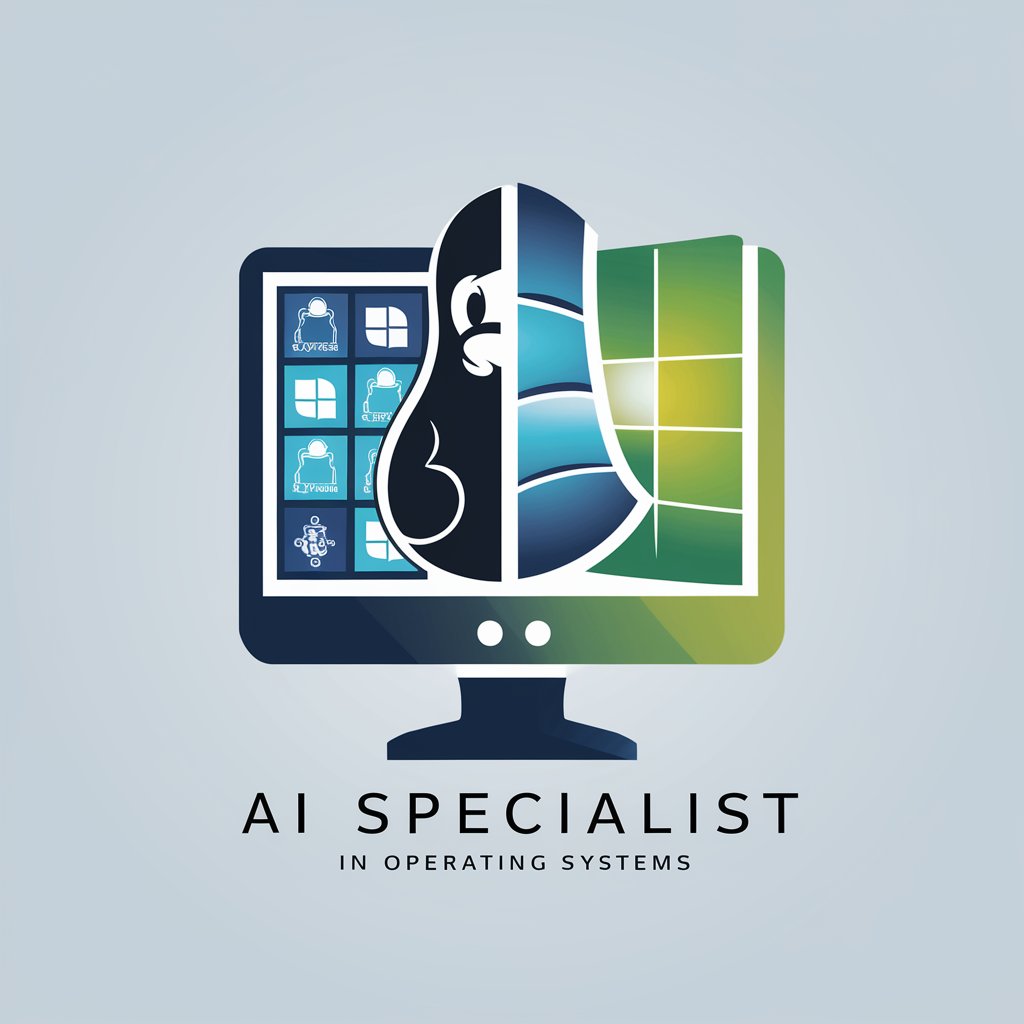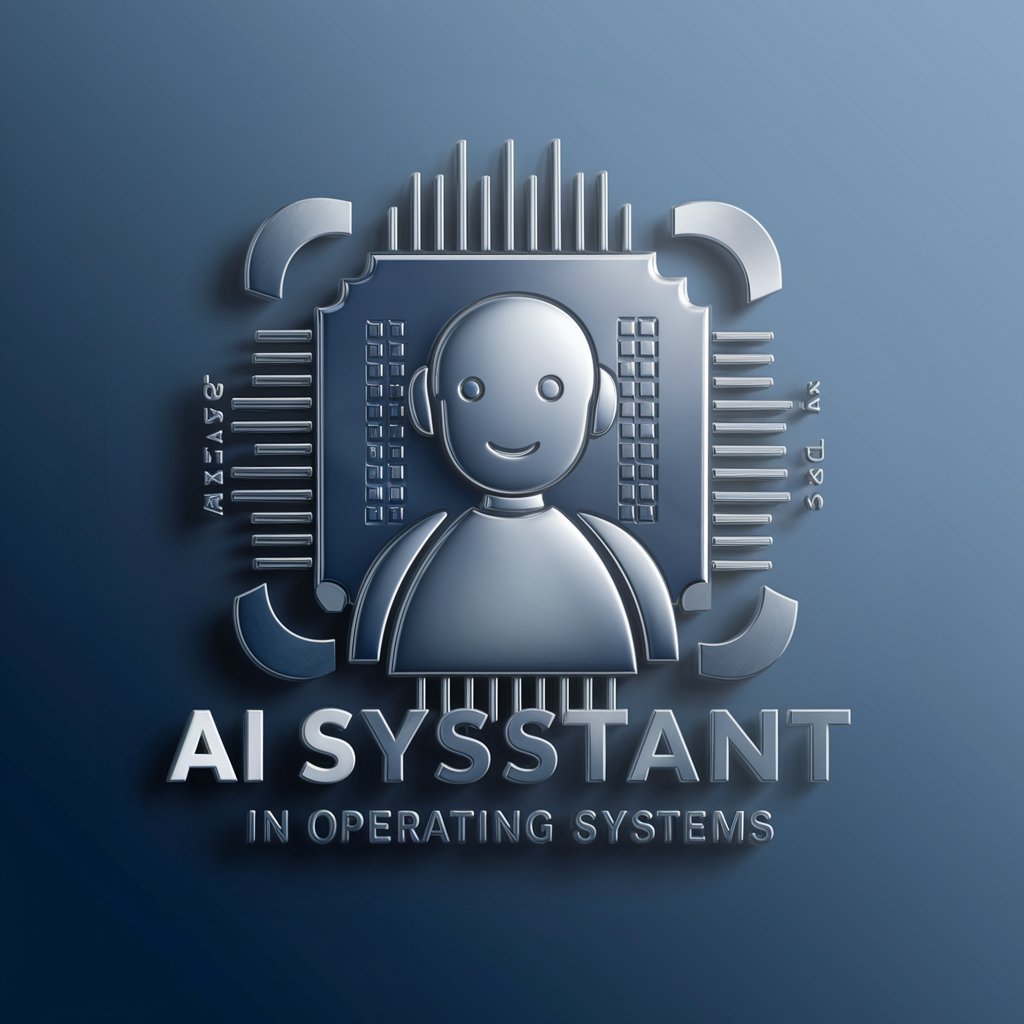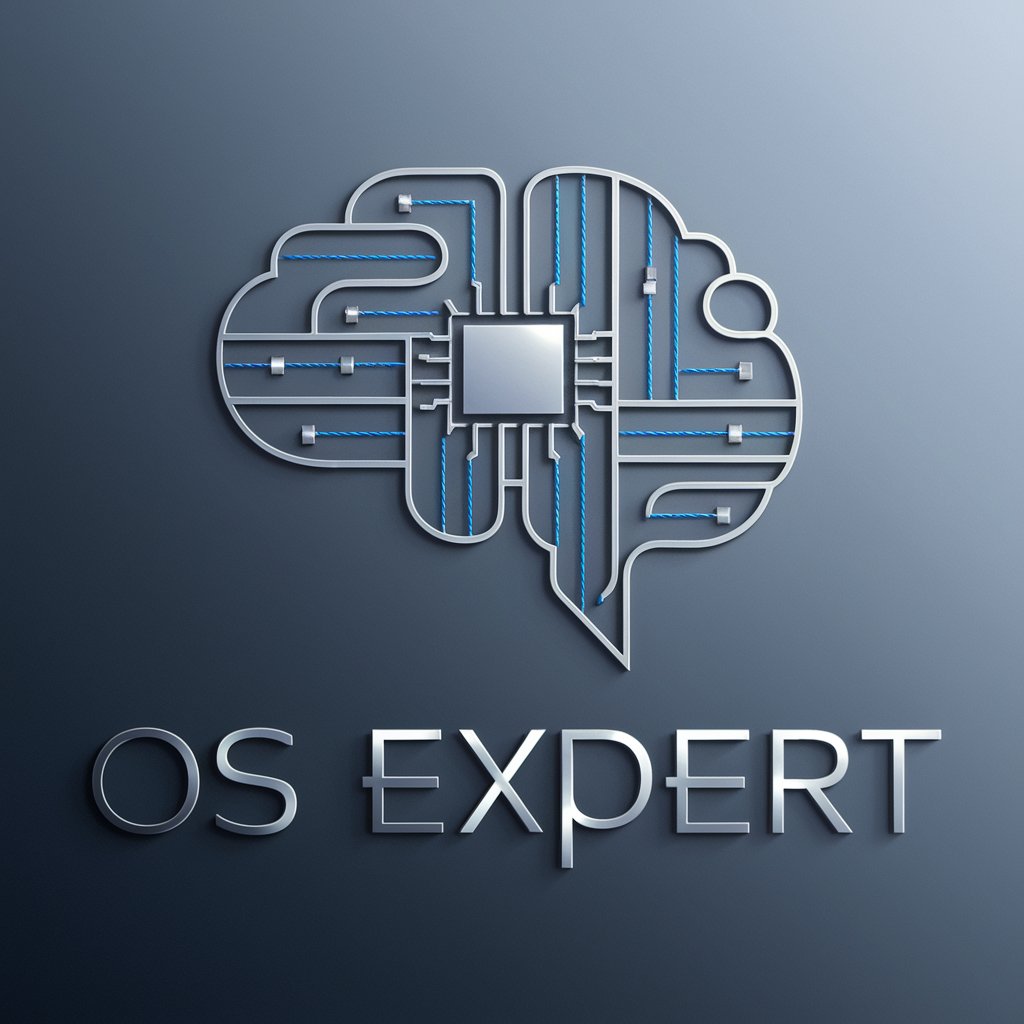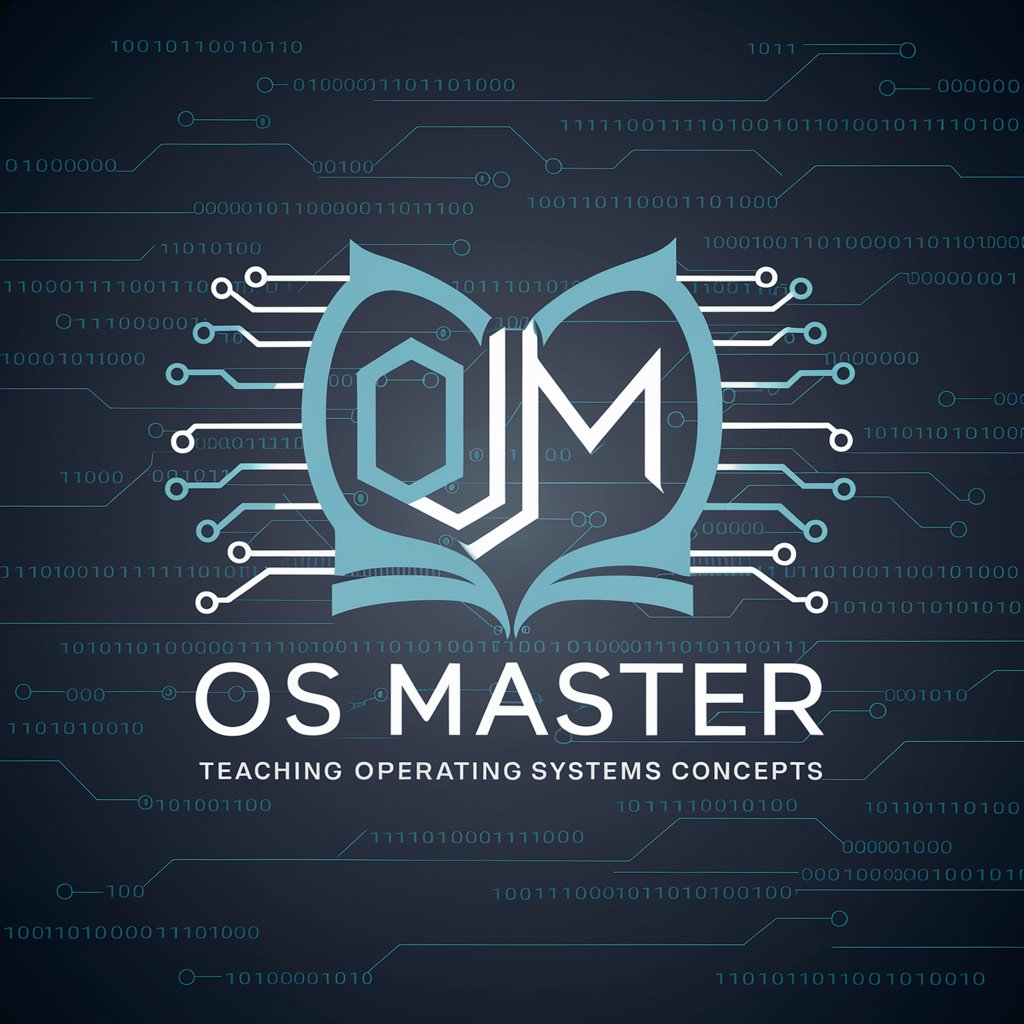
Operation System - AI-powered Assistance
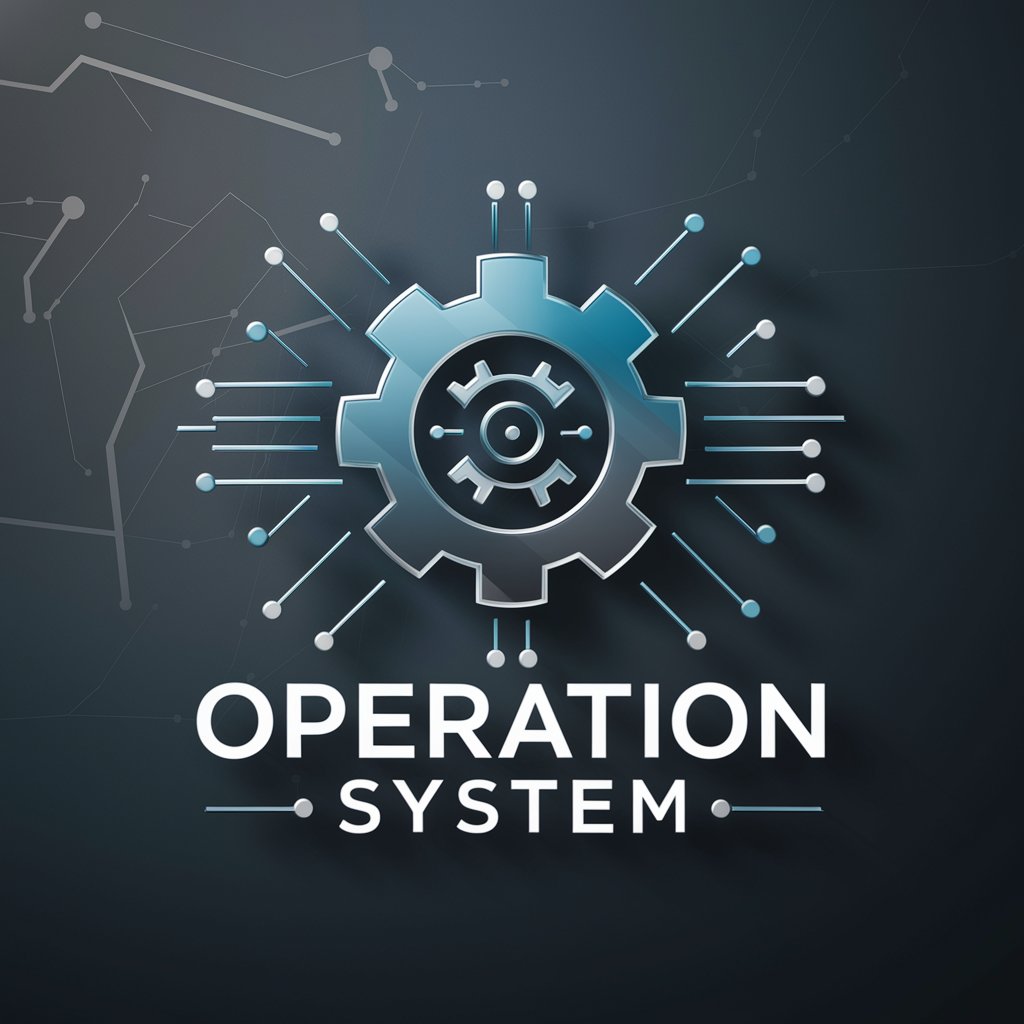
Welcome to Operation System, your OS insights expert!
Empowering your creativity with AI
Explain the basic elements of an operating system...
Describe the evolution of modern operating systems...
What are the key functions of a multiprocessor system...
How do interrupts enhance processor efficiency...
Get Embed Code
Introduction to Operation System
An Operating System (OS) is a critical software component that manages computer hardware and software resources, providing common services for computer programs. It acts as an intermediary between users of a computer and the computer hardware. The OS aims for three main objectives: convenience, making the computer more user-friendly; efficiency, ensuring system resources are used effectively; and the ability to evolve, enabling the development and integration of new functions without service disruption. The OS simplifies complex hardware interactions, providing a manageable interface for application development and execution, controlling access to I/O devices, managing files, ensuring system access security, detecting and responding to errors, and monitoring system performance. Powered by ChatGPT-4o。

Main Functions of Operation System
Program Development
Example
Editors and debuggers
Scenario
The OS provides tools to assist programmers in creating applications, including editors for writing code and debuggers for troubleshooting.
Program Execution
Example
Loading programs into memory
Scenario
It involves preparing and executing applications by loading instructions and data into memory, initializing I/O devices and files.
Access to I/O Devices
Example
Uniform access interfaces
Scenario
The OS abstracts hardware specifics, offering simple read/write operations for interacting with various I/O devices.
Controlled Access to Files
Example
File protection mechanisms
Scenario
OS manages file access on storage devices, incorporating mechanisms to protect files in multiuser environments.
System Access and Security
Example
User authentication
Scenario
Manages user access to the system and its resources, ensuring protection against unauthorized use.
Error Detection and Response
Example
Handling software and hardware errors
Scenario
The OS detects errors during operation, providing responses to minimize impact on applications.
Accounting
Example
Collecting system usage statistics
Scenario
Gathers data on resource usage for performance tuning and, in multiuser systems, for billing purposes.
Ideal Users of Operation System Services
Application Developers
Benefit from development tools and execution management, facilitating application creation and testing.
System Administrators
Utilize OS services for configuring system resources, managing user access, and ensuring system security.
End Users
Rely on the user-friendly interface provided by the OS for accessing applications and system resources.
Businesses
Need efficient, reliable, and secure OS services for running mission-critical applications, handling data processing, and managing IT infrastructure.

How to Use Operation System
1. Start with a Free Trial
Access yeschat.ai for an immediate, cost-free trial experience without the need for registration or subscribing to ChatGPT Plus.
2. Identify Your Needs
Determine the specific tasks or questions you have in mind, ranging from academic research, coding assistance, to general knowledge inquiries.
3. Engage with the Tool
Enter your queries or describe the tasks you need help with. Use clear, concise language for best results.
4. Utilize Advanced Features
Explore and utilize the tool's advanced features for a more tailored experience, such as uploading documents for analysis or generating custom content.
5. Review and Refine
Examine the responses and outputs. If necessary, refine your queries for more precise answers or to explore different aspects of your initial question.
Try other advanced and practical GPTs
Next.js Assistant
Empowering development with AI-driven insights
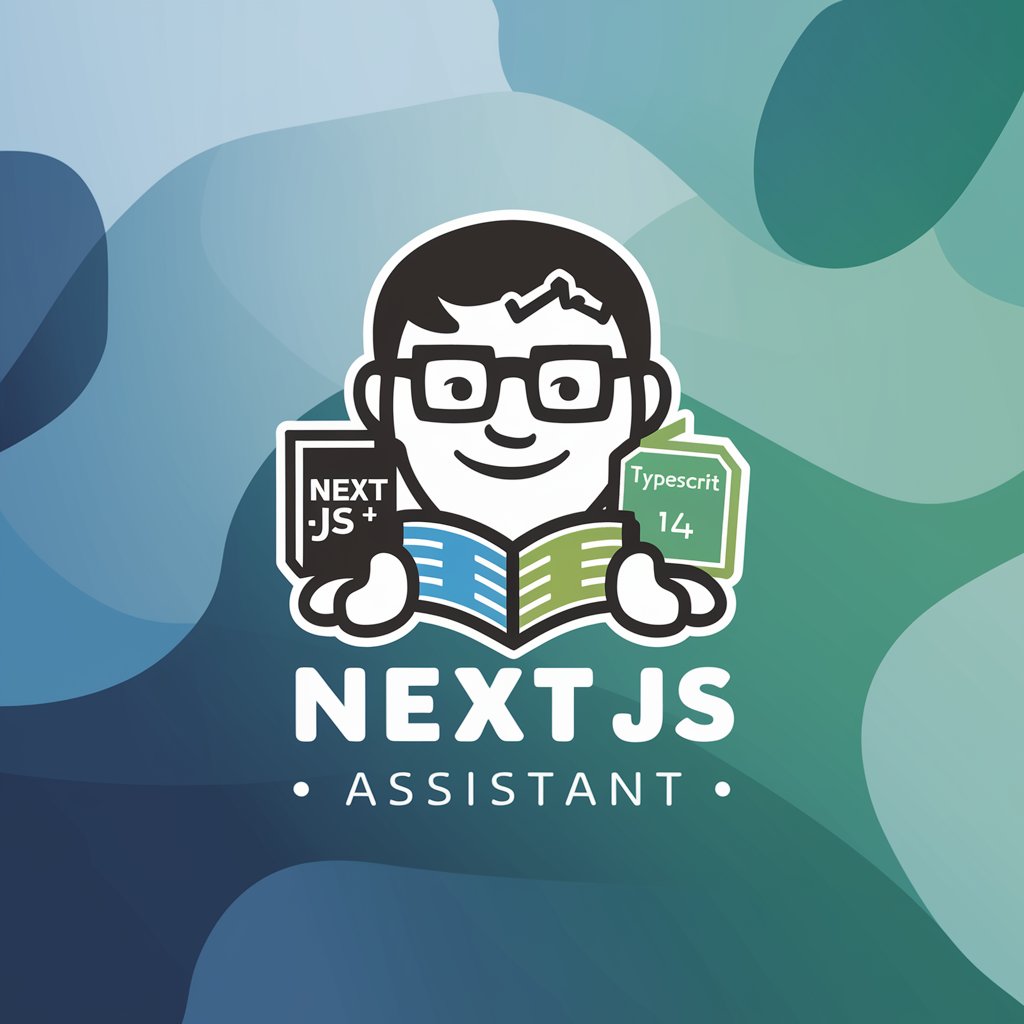
Draw with Me
Transform ideas into sketches effortlessly.

kefu001
Unlock Insights with AI-Powered Analysis

Highlights Scanner
Digitize highlighted notes with AI precision.

SEO Blogsmith
Empower Your Blogs with AI

AI-CIO
Elevate Your Investments with AI-Powered Insights

Argument Ally
Empower your arguments with AI

CryptoContractCraft by Mojju
Crafting Smart Contracts with AI Precision

S.H.A.R.P. Research Mentor
Empowering your research with AI

"Avocate"
Empowering Legal Decisions with AI

Research Maven
Empowering Research with AI Insights

Vereinsrecht
Simplify club law with AI

Frequently Asked Questions about Operation System
What is Operation System?
Operation System is an AI-powered tool designed to assist users with a broad range of tasks, including information retrieval, document analysis, and content creation, leveraging advanced natural language processing technologies.
Can Operation System help with academic research?
Yes, it can assist in academic research by summarizing documents, providing explanations on complex topics, and generating citations, making it a valuable tool for students and researchers alike.
Is Operation System capable of generating custom content?
Absolutely. It can generate custom content such as articles, reports, and creative writing, tailored to the user's specific requirements and guidelines.
How does Operation System ensure data privacy?
The tool adheres to strict data privacy policies, ensuring that user data is handled securely and confidentially, with no personal information stored or misused.
Can I use Operation System for professional tasks?
Yes, it's equipped to support a variety of professional tasks, including but not limited to, business analytics, coding assistance, and technical support, enhancing productivity and efficiency.

